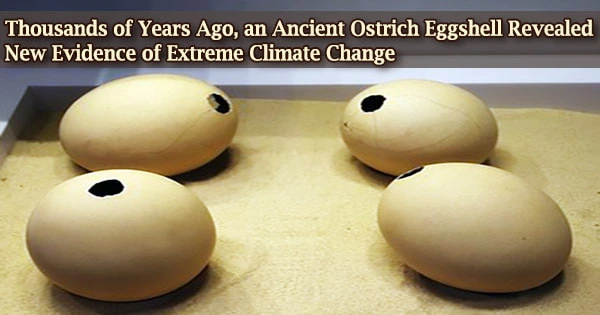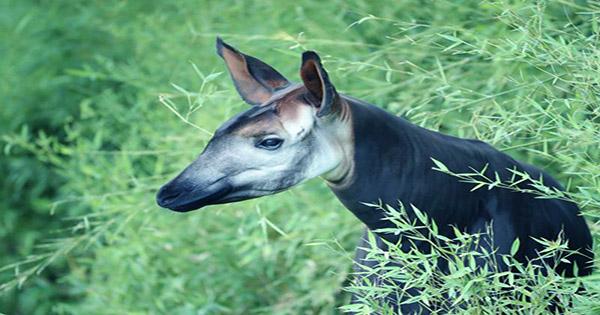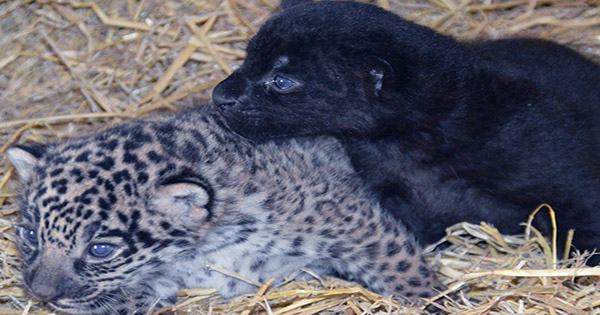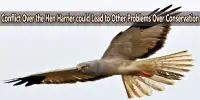Evidence from an ancient eggshell has provided vital new information about human ancestors’ exposure to catastrophic climate change. Ostriches (Struthio camelus) are the world’s largest birds, weighing between 200 and 300 pounds as adults (90-135 kilograms). Males can grow up to 7.8 feet (2.4 meters) tall, while females are slightly shorter. They are unable to fly due to their enormous body size and short wings.
Ostriches have a remarkable heat tolerance, surviving temperatures of up to 56 degrees Celsius (132 degrees Fahrenheit) without being stressed. Ostriches have only been domesticated for around 150 years, and they are only partially domesticated, or rather, only domesticated for a short time.
Parts of South Africa’s interior, which are now dry and sparsely populated, were formerly wetland and grassland 250,000 to 350,000 years ago, during a critical period in human evolution.
The University of Exeter’s Philip Kiberd and Dr. Alex Pryor investigated isotopes and amino acids in ostrich eggshell fragments recovered at Bundu Farm, an early middle Stone Age site in the Northern Cape’s upper Karoo region.
It is one of the few archaeological sites in southern Africa dated between 250,000 and 350,000 years ago, a period connected with the first appearance of populations with Homo sapiens genetic fingerprints.
This part of South Africa is now extremely arid, but thousands of years ago it would have been Eden-like landscape with lakes and rivers and abundant species of flora and fauna. Our analysis of the ostrich eggshell helps us to better understand the environments in which our ancestors were evolving and provides an important context in which to interpret the behaviours and adaptations of people in the past and how this ultimately led to the evolution of our species.
Philip Kiberd
Other evidence, including fossil animal bones, suggests that former communities in the region lived near grazing herds of wildebeest, zebra, small antelope, hippos, baboons, and extinct Megalotragus priscus and Equus capensis, and hunted them alongside other carnivores such as hyena and lions.
The eggshell data and other finds from the site imply that colder and wetter climates gave way to rising aridity when this period of equitable climate and environment ended 200,000 years ago.
A change between wet and dry climates that is thought to be responsible for the turnover and evolution of species, including Homo sapiens.
The study, which was published in the South African Archaeological Bulletin, demonstrates that obtaining isotopic data from ostrich eggshells, which are widespread on archaeological sites in southern Africa, is a viable option for open-air sites older than 200,000 years.
The method, which entails grinding a little portion of the eggshell to a powder, allows scientists to analyze and date the shell, providing information about the climate and environment at the time.
Because ostriches eat the freshest leaves of shrubs and grasses available in their surroundings, the eggshell composition reflects their diet, making it possible to use eggshells to examine former climates.
Because ostrich eggs are laid during a brief period of time during the breeding season, the information revealed in ostrich eggshells provides a picture of the current environment and climate for a certain time period.
Bundu Farm, where the eggshell was discovered, is a small sheep farm 50 kilometers from the next small town, situated in a parched semi-desert setting.
The site was first explored in the late 1990s, with artefacts being held at Kimberley’s McGregor Museum (MMK). The research fills in a knowledge gap for this region of South Africa and clearly establishes the Bundu Farm site on the map.
Philip Kiberd, who led the study, said: “This part of South Africa is now extremely arid, but thousands of years ago it would have been Eden-like landscape with lakes and rivers and abundant species of flora and fauna. Our analysis of the ostrich eggshell helps us to better understand the environments in which our ancestors were evolving and provides an important context in which to interpret the behaviours and adaptations of people in the past and how this ultimately led to the evolution of our species.”
















